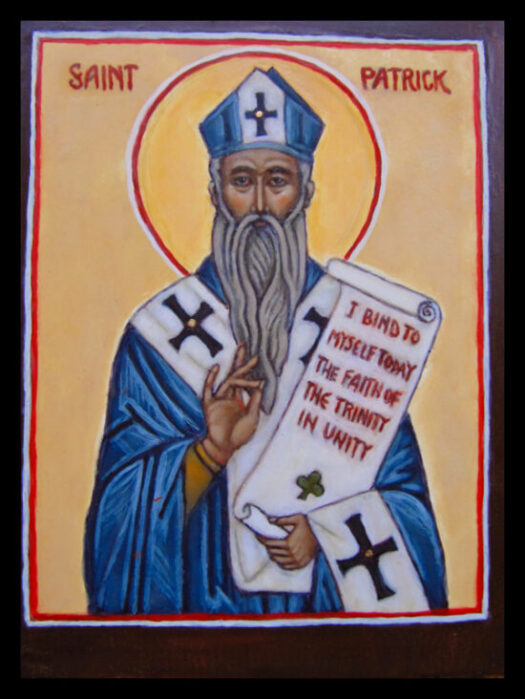Heath blooming at Lochinver, Scotland – by Ivor Bond from Pixabay
On the third Sunday after Pentecost we honour all the saints who, during the first millennium, have shone forth from England, Ireland, Wales, Cornwall and Scotland.
Being of Scottish and Irish heritage, this Sunday is very special to me.
Timeline of Orthodoxy in the British Isles
A Brief History of Orthodox England
We magnify thee, O all ye saints who have shone forth in the Isles, and we honour thy holy memory, for ye intercede with Christ our God on our behalf. ~ Saints of the British Isles Magnification
All Ye Saints of the British Isles pray to God for us!

From the ends of the earth, O Lord, the Isles of the Sea offer Thee all the saints who have shone forth therein as the fair fruit of Thy salvific splendour. Through their supplications and through the Theotokos, preserve Thy Church and Thine Isles in the profoundest peace, O most Merciful One. ~ Festal Troparion for All the Saints of the British Isles
Today the choirs of the saints who have pleased God in the Isles, standeth in the Church and invisibly prayeth to God for us. With them the angels give glory; and all the saints of the Church of Christ celebrate with them, and all together they beseech the Pre-Eternal God for us. ~ Kontakion Tone 3
The saints are shown to be fair blossoms of the Garden of Eden, laden with the nectar of good works and the sweet scent of Orthodox teachings, whereby our souls are fed and our spiritual thirst is quenched, Come ye therefore, let us hasten beneath their shade and let us bless them as the delight and adornment of the Isles, and as a model and pattern for our lives, for they have received unfading crowns of glory and all together they beseech the Pre-Eternal God for us. ~ Ikos
Let all the ranks of saints and angels make glad with us, singing in spiritual choir. They have beheld Our Sovereign, the Queen of Heaven and Lady of the Isles, Who is glorified by all the faithful. And the souls of all the righteous celebrate with them, beholding Her most precious hands stretched forth in supplication beseeching peace for the world, renewal of the Orthodox Faith in the Isles and the salvation of our souls. ~ Stichera of the Saints of the British Isles, Tone 8
O Queen of heaven and Lady of the Isles, to pray to God for us!



